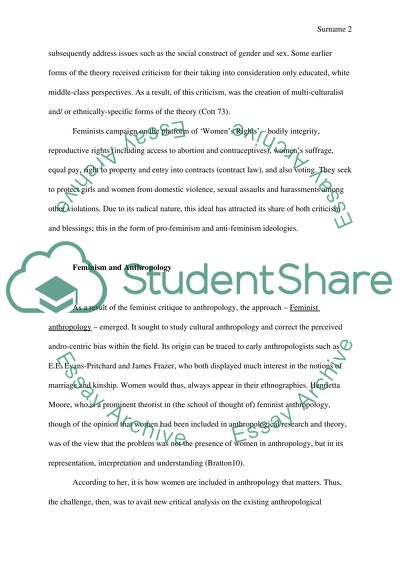Cite this document
(“The Feminist Critique and the Postmodern Challenge to Anthropology Essay”, n.d.)
Retrieved from https://studentshare.org/anthropology/1448039-the-feminist-critique-and-the-postmodern-challenge
Retrieved from https://studentshare.org/anthropology/1448039-the-feminist-critique-and-the-postmodern-challenge
(The Feminist Critique and the Postmodern Challenge to Anthropology Essay)
https://studentshare.org/anthropology/1448039-the-feminist-critique-and-the-postmodern-challenge.
https://studentshare.org/anthropology/1448039-the-feminist-critique-and-the-postmodern-challenge.
“The Feminist Critique and the Postmodern Challenge to Anthropology Essay”, n.d. https://studentshare.org/anthropology/1448039-the-feminist-critique-and-the-postmodern-challenge.


